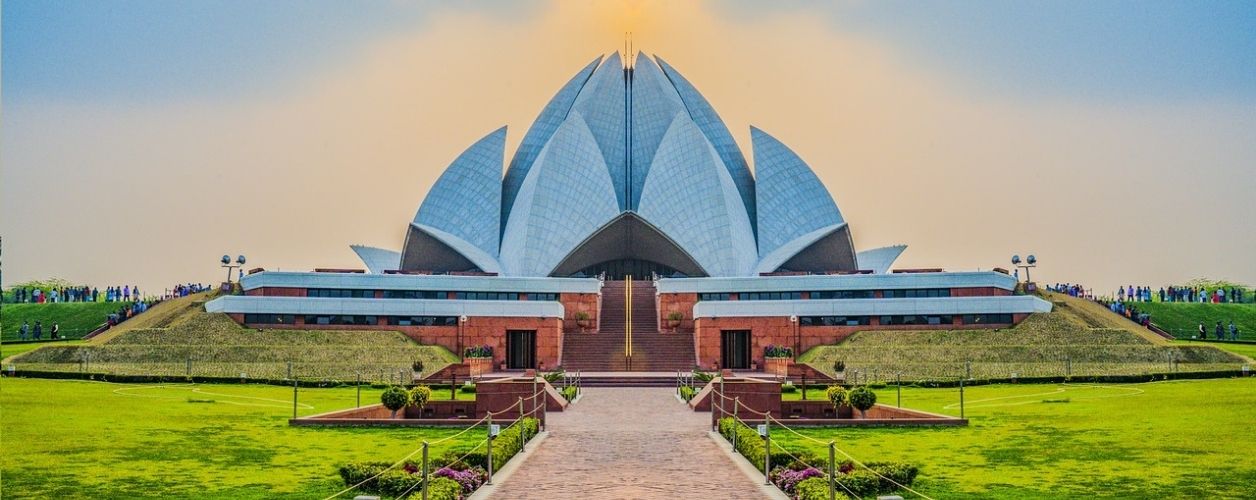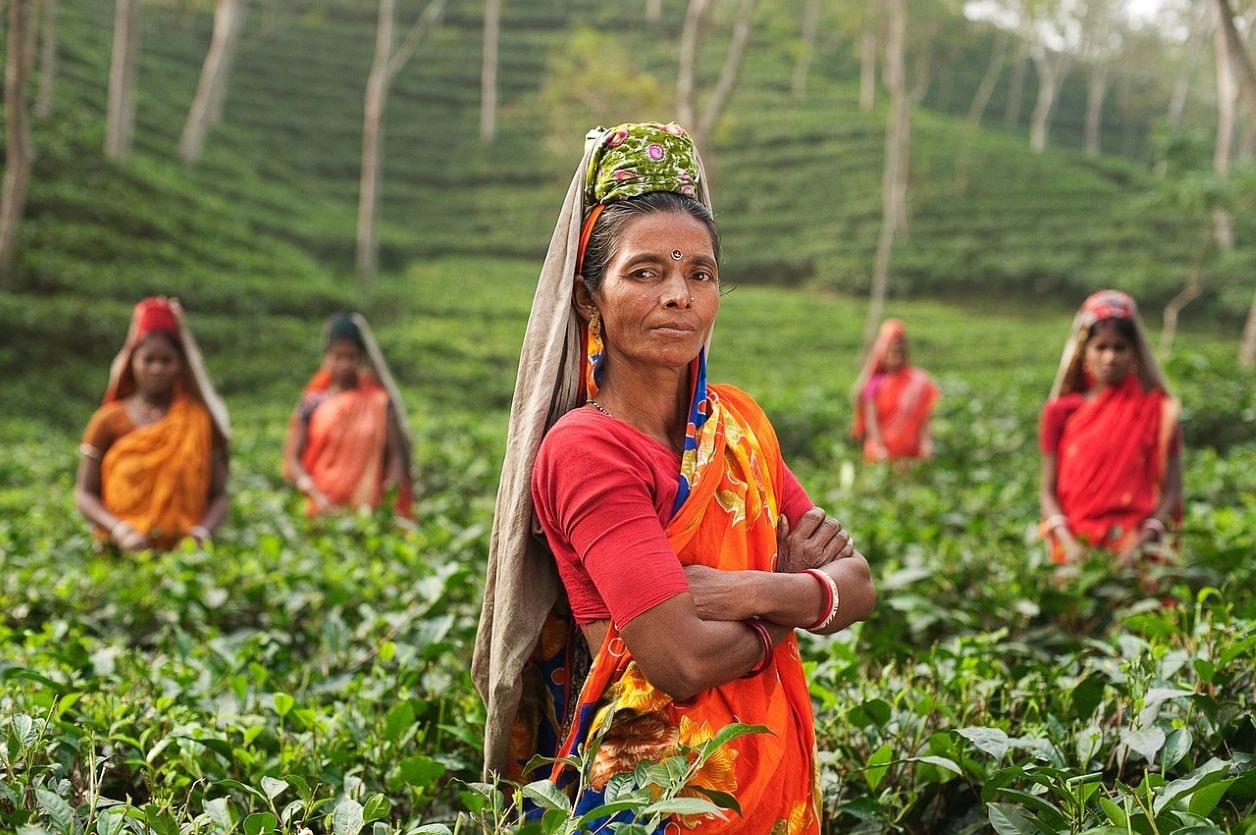
Economic Situation
According to the IMF, the Indian economy contracted by 10.3% in 2020, the worst contraction in Asia, due to the COVID-19 pandemic. Measures taken by the government to contain the virus exacerbated pre-existing problems in the country. Private consumption fell sharply, while unemployment rose after the quarantine was implemented, which returned millions of migrant workers to rural areas, with the loss of jobs in cities. However, according to IMF forecasts for October 2020, the economy should recover in 2020, with GDP growth of 8.8% – a figure subject to the recovery of the global economy after the pandemic. In the last update of its World Economic Outlook, January 2021, the IMF revised its GDP growth projection for India, indicating an 11.
India’s fiscal deficit remained at -10.2% at the end of 2020, and is expected to decline slightly in 2021 and 2022, reaching -9.2% and 8.9% respectively. According to the IMF, the inflation rate remained stable in 2020, at 4.9%, and is expected to fall to 3.7% in 2021 and to rise slightly to 3.8% in 2022. Public debt levels continue being high, at 89%, and should maintain that trend in the coming years. The Indian government’s response to the COVID-19 outbreak was swift: it implemented a national quarantine, and then a global fiscal package (of 10% of GDP) to mitigate the impact on the poorest, through different social protection measures, along with greater liquidity and financial support for SMEs.
Social protection programs sought to protect those who were hit hardest by the pandemic: informal sector workers and those living below the poverty line, both in rural and urban areas. The government is focused on reducing inequality, and seeks to implement growth-oriented reforms to straighten the economy, such as incentives for micro, small and medium-sized enterprises, incentives for the infrastructure sector, agricultural infrastructure, food micro-enterprises, investment to increase the public employment, and a special liquidity window.
India is expected to surpass China as the most populous country on the planet in 2024. It has the largest young population in the world. However, according to the OECD, more than 30% of India’s youth are NEET (without employment, education or training). India is still a poor country: per capita income is very low, almost 25% of the population still lives below the poverty line (about a third of the world population living on less than 1.9 USD per day lives in India) and social inequalities are very large: the richest 1% own 53% of the country’s wealth. Additionally, the informal sector, which employs the majority of India’s workforce, has been hit hard by the COVID-19 pandemic, increasing the risk of slipping back into poverty. According to the World Bank, the unemployment rate was 5.4% in 2020.

| Growth indicators | 2018 | 2019 | 2020 (e) | 2021 (e) | 2022 (e) |
|---|---|---|---|---|---|
| GDP (billions of USD) | 2.00 | 2.00 | 2.00 | 3.00 | 3.00 |
| GDP (annual growth in%, constant price) | 6.1 | 4.0 | -8.0 | 12.5 | 6.9 |
| GDP per capita (USD) | 2 e | 2 e | 1 | two | two |
| Public finance balance (in% of GDP) | -7.1 | -7.4 | -8.2 | -8.9 | -8.4 |
| State indebtedness (in% of GDP) | 69.6 | 73.9 | 89.6 | 86.6 | 86.3 |
| Inflation rate (%) | 3.4 | 4.8 | 6.2 | 4.9 | 4.1 |
| Balance of current transactions (billions of USD) | -57.18 | -24.55 | 27.28 | -36.27 | -54.03 |
| Balance of current transactions (in% of GDP) | -2.1 | -0.9 | 1.0 | -1.2 | -1.6 |
Main Economic Sectors
India is the fourth largest agricultural power in the world. As the central pillar of the economy of India, agriculture represents 16.01 % of GDP and employs 41.49 % of the workforce. The main crops are wheat, millet, rice, corn, sugar cane, tea, potato and cotton. India is also the world’s second largest producer of cattle, the third largest in sheep and fourth in fish production.In 2020, the pandemic reduced the production capacity of agricultural inputs, which led to an increase in prices and made these resources inaccessible for small agricultural producers. However, at the consumer level, the prices of agricultural products only increased in the first month of quarantine, when a shopping panic was generated, and then quickly recovered.
The industrial sector employs 26.1% of the labor force, and corresponds to 24.7% of GDP. Coal is the main energy source in the country (India is the third largest producer of coal in the world). Textile production plays a predominant role in the manufacturing sector. In terms of size, the chemical industry is the second industrial sector. In 2020, however, the manufacturing sector was hit hard by COVID-19, with major companies in India temporarily suspending or downsizing operations.
The service sector is the most dynamic part of the Indian economy. Contributes to almost half of GDP (49, 3 %), and only employs 32,3 % of the workforce. The rapid growth of the software industry stimulates services exports and modernizes the Indian economy: the country has taken advantage of its large English-speaking educated population to become a major exporter of workers in IT services, business services outsourcing and programming. However, the pandemic had a harsh effect, especially for tourism and hotels, as well as the technology sector, and many companies suspended most of their operations.
| Distribution of economic activity by sector | Farming | Industry | Services |
|---|---|---|---|
| Employment by sector (in% of total employment) | 41.5 | 26.2 | 32.3 |
| Value added (in% of GDP) | 16.0 | 24.9 | 49.9 |
| Added value (annual growth in%) | 3.7 | 1.8 | 7.0 |
Indicator of Economic Freedom
Note: 55.2 / 100
World Ranking: 129
Map of Economic Freedom in the world
Business environment classification
Note: 5.74 / 10
World Ranking: 58/82